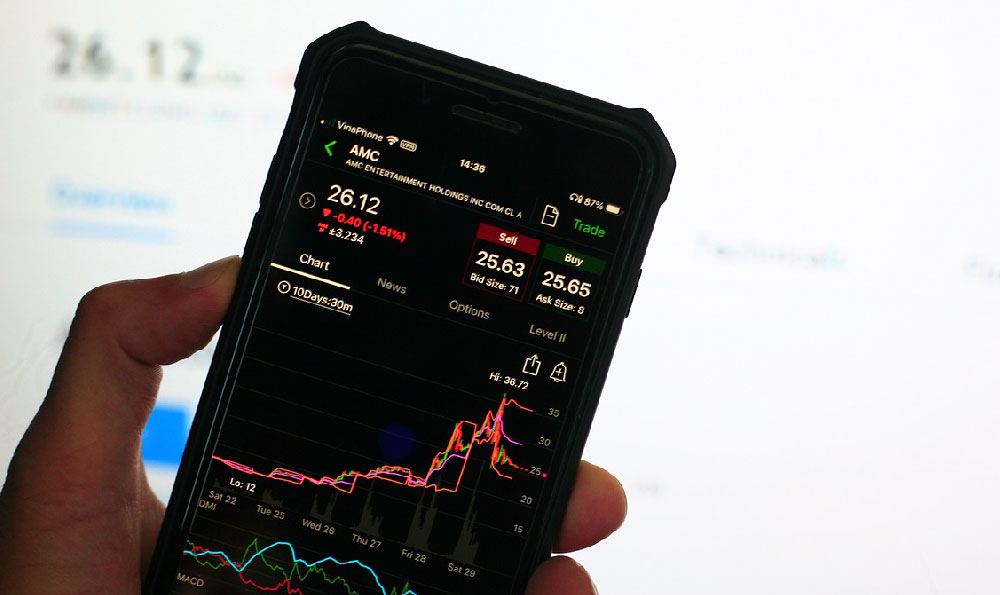
Crafting a ring from currency, be it a coin or paper money, presents a unique intersection of artistry, practicality, and often, a touch of rebellious spirit. The allure of transforming legal tender into wearable art is undeniable. However, the feasibility of this venture, the methods involved, and the potential ramifications deserve careful consideration. Let’s delve into the intricacies of creating a money ring.
The answer to the initial question – is making a money ring possible – is a resounding yes, but with caveats. The material used dictates the technique and the ultimate durability of the ring. Coins, typically metallic, offer a robust starting point. Certain coins, particularly those with high copper or silver content, lend themselves well to manipulation. The process, often involving specialized tools and techniques, transforms the flat coin into a circular form with a central aperture. Paper money, on the other hand, presents a different challenge. Its inherent fragility necessitates careful folding, shaping, and often, the application of adhesive or protective coatings to maintain its structural integrity.
Let's explore the methods involved in creating rings from these two distinct materials.

Coin Rings: A Metallurgical Transformation
Coin ring creation involves a meticulous process that relies on the inherent malleability of the metal. The most common method entails using a ring stretcher, a specialized tool designed to gradually expand the coin's diameter while simultaneously forming a central hole. This is not a forceful stretching; rather, it's a gradual reshaping achieved through incremental pressure.
The initial step often involves annealing the coin. Annealing is a heat treatment process that softens the metal, making it more pliable and less prone to cracking during manipulation. The coin is heated to a specific temperature and then allowed to cool slowly, relieving internal stresses within the metal lattice structure.
Following annealing, a center punch is used to create a small indentation at the coin's center. This indentation serves as a guide for drilling a pilot hole. The pilot hole is then gradually enlarged using a step drill bit or a series of progressively larger drill bits. Precision is paramount at this stage to avoid distorting the coin or creating an off-center aperture.
With the pilot hole established, the coin is placed onto the ring stretcher. The stretcher exerts controlled pressure on the coin's inner diameter, gradually expanding it outwards. This process requires patience and finesse, as excessive force can lead to cracking or deformation. The coin is repeatedly stretched and checked for size and symmetry, ensuring a uniform expansion.
Once the desired size is achieved, the edges of the ring are often filed and polished to remove any sharp edges or imperfections. This final finishing step enhances the ring's comfort and aesthetic appeal. Depending on the desired finish, the ring can be further treated with patinas or protective coatings to enhance its durability and resistance to tarnish.
Some artisans employ more advanced techniques, such as hydraulic presses or CNC milling machines, to create coin rings with intricate designs and precise dimensions. These methods offer greater control over the shaping process and allow for the incorporation of elaborate patterns or engravings.
Paper Money Rings: The Art of Origami and Preservation
Creating a ring from paper money relies on a different set of principles, primarily focusing on the art of origami and the preservation of delicate materials. Unlike coins, paper money lacks inherent structural integrity and requires careful folding and reinforcement.
The process typically begins with selecting a bill in good condition, free from excessive wear and tear. The bill is then folded in a specific pattern, often involving multiple layers and interlocking folds, to create a circular shape. The exact folding technique varies depending on the desired design and complexity of the ring.
Adhesive plays a crucial role in maintaining the ring's structure. Small amounts of acid-free glue or archival-quality tape are strategically applied to secure the folds and prevent them from unraveling. The choice of adhesive is critical, as acidic glues can damage the paper over time.
Once the basic ring shape is formed, it is often reinforced with a clear coating of resin or lacquer. This coating provides a protective barrier against moisture, dirt, and wear and tear, significantly extending the ring's lifespan. The coating also enhances the ring's aesthetic appeal, giving it a glossy, polished finish.
Alternatively, some artisans encase the folded paper money ring in a clear acrylic or epoxy resin, creating a permanent, durable piece. This method provides maximum protection and allows for the incorporation of decorative elements, such as glitter or small embellishments.
Legality and Ethical Considerations
The creation of money rings raises important legal and ethical considerations. Defacing or mutilating currency with the intent to render it unfit for circulation is often illegal. Laws vary by jurisdiction, and it's crucial to understand the regulations in your specific location before embarking on this project.
In many countries, minor alterations, such as folding or writing on a bill, are generally permissible, as long as the bill remains recognizable and can be used as legal tender. However, deliberately destroying or damaging currency with the intent to profit or defraud is strictly prohibited.
From an ethical standpoint, the act of transforming legal tender into jewelry can be viewed as disrespectful or wasteful, particularly in contexts where financial resources are scarce. It's important to consider the potential impact of this practice and to avoid using currency that is in high demand or serves a critical role in local economies.
Conclusion: A Balancing Act of Artistry and Responsibility
Making a money ring is undeniably possible, requiring a blend of craftsmanship, ingenuity, and careful consideration. Whether working with coins or paper money, the process demands precision, patience, and a deep understanding of the materials involved. However, before embarking on this creative endeavor, it's essential to weigh the legal and ethical implications and to ensure that the practice aligns with responsible financial stewardship. The resulting ring, whether a testament to metallurgical skill or origami artistry, should stand as a symbol of thoughtful creation, not careless destruction.





